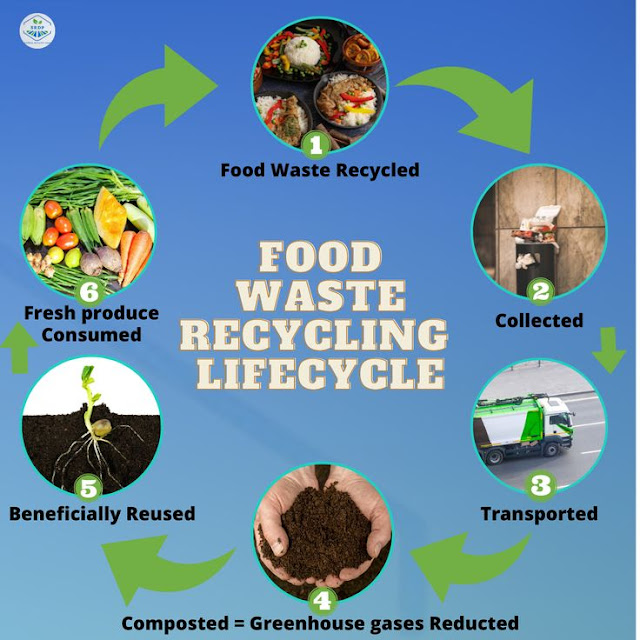From Farm to Table: Understanding the New Food Supply Chain
The Journey of Fresh Produce: How Food Travels to Your Plate
:
Fresh fruits and vegetables have a very long journey from the farm to our homes. It starts with production, where farmers grow the crops. Once the produce is ready to harvest, it enters the processing stage, where it is cleaned, sorted, and packed. The produce is then stored and transported under perfect conditions to preserve freshness before they hit the retail outlets. At this point, the end consumers purchase these products from supermarkets, farmers' markets, or the local stores. Quality assurance and timely delivery involve significant contributions from suppliers of fruits & vegetables.
Waste is an increasingly critical issue in the food chain. By implementing sustainable practices such as precision agriculture, optimised storage solutions, and better packaging, stakeholders can minimise losses considerably. The farm-to-table movement also supports sustainability because it encourages the purchase of products directly from local farms. This not only minimises the carbon footprint due to transportation but also minimises food waste at each stage. Dairy product suppliers and bakery product suppliers are increasingly adopting eco-friendly practices to align with consumer demand for sustainability.
Conservation Practices: Reducing Waste in the Food Chain
Waste
Waste is an increasingly critical issue in the food chain. By implementing sustainable practices such as precision agriculture, optimised storage solutions, and better packaging, stakeholders can minimise losses considerably. The farm-to-table movement also supports sustainability because it encourages the purchase of products directly from local farms. This not only minimises the carbon footprint due to transportation but also minimises food waste at each stage. Dairy product suppliers and bakery product suppliers are increasingly adopting eco-friendly practices to align with consumer demand for sustainability.
Tech-Driven Agriculture: Innovations Feeding the World
Technology has revolutionised the agricultural sector, enhancing efficiency and productivity. From drones for monitoring crops to IoT sensors for precision farming, innovation is feeding the world more effectively than ever. Artificial intelligence and blockchain technologies are also transforming supply chain management, offering better inventory tracking and reducing inefficiencies. For example, beverage suppliers are leveraging smart logistics to ensure timely delivery and maintain product quality.
Local vs. Global: Impact of Sourcing on Quality and Cost
Local vs. Global: Impact of Sourcing on Quality and Cost
Advantages and challenges of sourcing locally and globally include supporting nearby farmers, lessening emissions due to transportation, and fresh produce. On the other hand, sourcing globally can facilitate access to various products unavailable locally all year. This is where fruits & Vegetables suppliers and Bakery Products suppliers find themselves somewhere in between to supply for their customers with respect for quality and affordability.
Transparency in the food industry is one of the aspects that has gained prominence with respect to trust. Today, consumers demand information on the origin of food products, their mode of growth or processing, and safety measures in place. Organic certification, fair trade, and sustainability labels assure the consumer about the purchase. This creates an atmosphere of transparency among the Dairy Products suppliers and Beverages suppliers, thus strengthening the reputation of these companies while providing consumers with choices to make.
Q: What is the farm-to-table movement?
Transparency Matters: Building Trust in the Food Industry
FAQs
Q: What is the farm-to-table movement?
A: The farm-to-table movement encourages consumers to buy food directly from local farms to reduce environmental impact, support local farmers, and promote a closer connection between people and their food.
Q: How does technology enhance the food supply chain?
Q: How does technology enhance the food supply chain?
A: Technology like IoT sensors, blockchain, and AI improves efficiency, reduces waste, and ensures better tracking and management of food products throughout the supply chain.
A: Why is sustainability important in the food industry?
A: Why is sustainability important in the food industry?
A: Sustainable practices reduce waste, lower carbon emissions, and conserve resources, ensuring a healthier planet and long-term food security.
Q: What are the benefits of sourcing food locally?
Q: What are the benefits of sourcing food locally?
A: Local sourcing supports nearby farmers, ensures fresher produce, reduces transportation emissions, and strengthens local economies.
Q: How do suppliers ensure food safety and quality?
Q: How do suppliers ensure food safety and quality?
A: Suppliers follow strict regulations, maintain optimal storage conditions, and use technologies like blockchain for transparency and traceability.
Author
Name: SoniaProfession: Professional BloggerExpertise: Sonia is a
Author
Name: SoniaProfession: Professional BloggerExpertise: Sonia is a
professional blogger with flair and experience in writing interesting, informative content. She is well-versed in matters of travel, media, B2B, business, health and fitness, and agriculture, aiming to educate and inspire readers with her insightful blogs.









Comments
Post a Comment